
cows in Belgium Country Life, Belgium, Horses, Cows, Photography, Farm
Characteristics The Belgian Blue is a large sized animal with rounded outline and prominent muscles. The shoulder, back, loin and rump are heavily muscled. The back is straight, rump is sloping, tail set is prominent and skin is fine. It has fine but strong legs and walks easily.

Cattle of Europe The Belgian Blue (Also known as the do you even lift
Average cows' milk production per farm in Belgium from 2014 to 2020 (in kilos) Additional Information © Statista 2023 Show source Get notified via email when this statistic is updated. Learn.
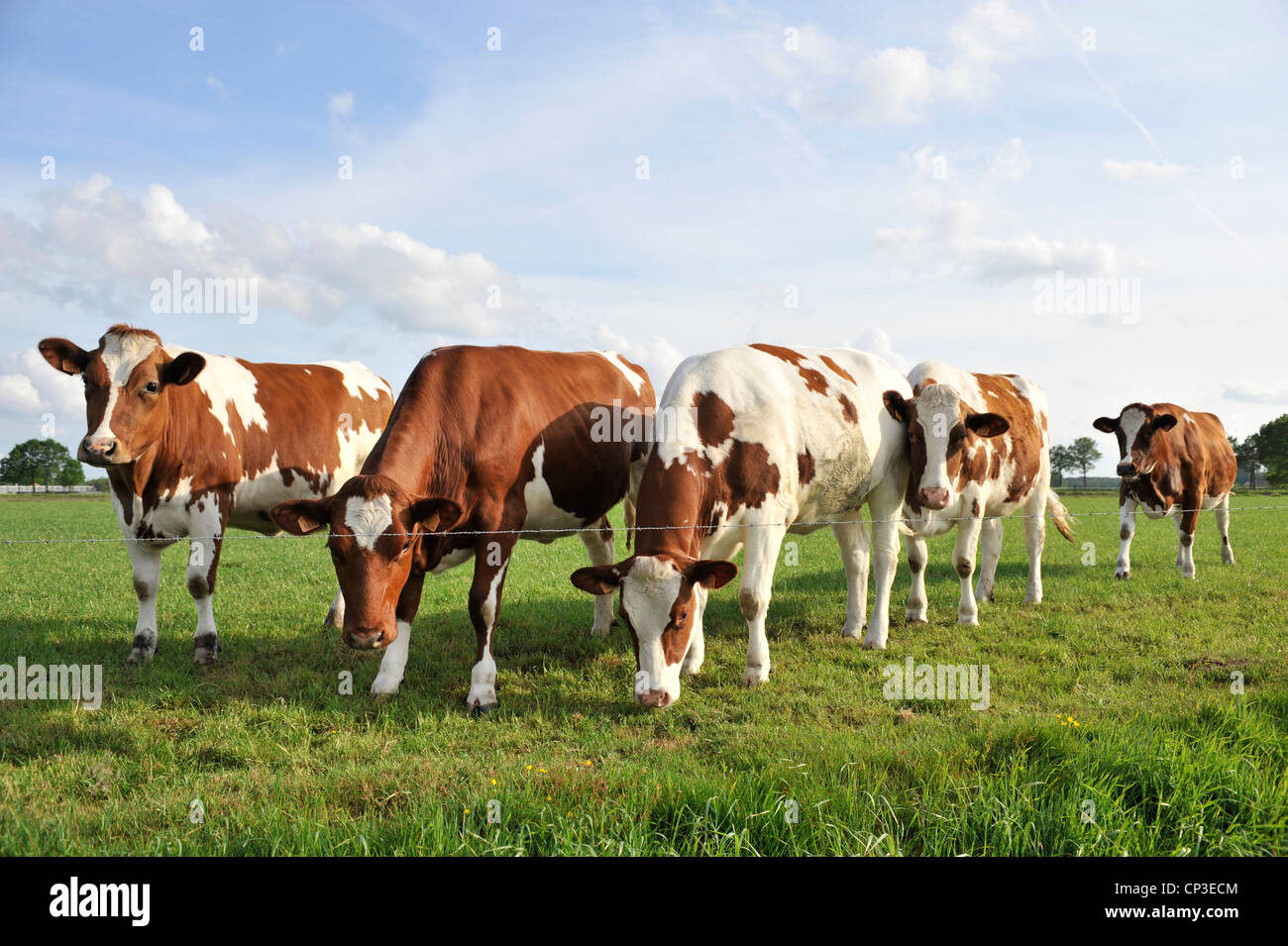
Portrait of five cows in a green meadow, Belgium Stock Photo Alamy
Jun 14, 2022 This statistic shows the total number of cows in Belgium in 2021, by region. As of 2021, the total number of cows in Belgium was roughly 937,000, of which more than half (roughly.
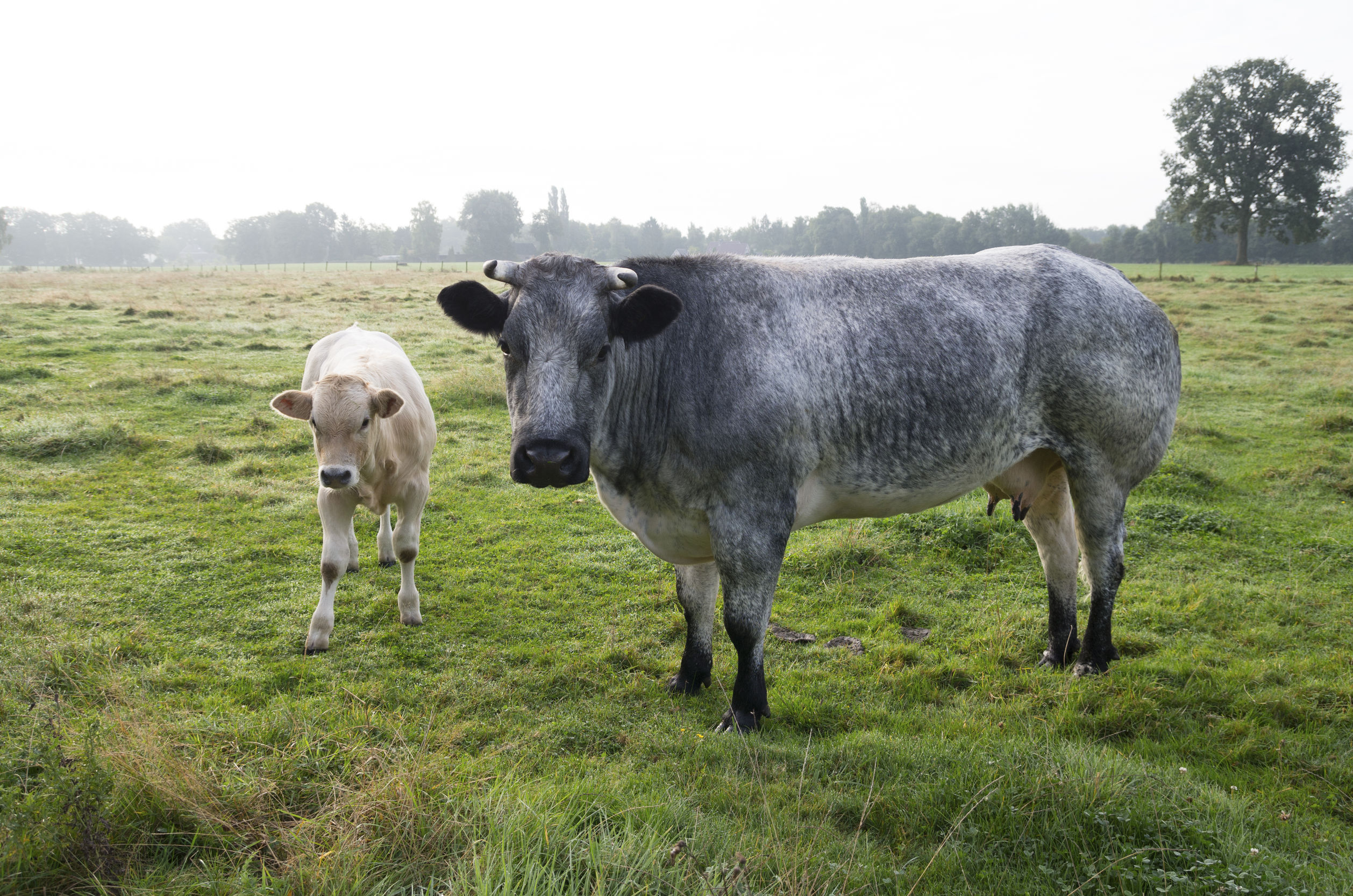
Belgian Blue Livestockpedia
Cattle breeds in Belgium If you want to enjoy some nice, quality beef, you have to look at the country of origin. And there's no better than Belgium, the beef specialist in Europe. The most important ingredient to its success? A good product. And where better to start than at the foundation, i.e. the cattle breeds?

Pin on Belgium 2 Cattle Breeds
Belgium Number of Livestock: Cows data was reported at 2,240,623.000 Unit in Apr 2022. This records a decrease from the previous number of 2,353,418.000 Unit for Apr 2021. Belgium Number of Livestock: Cows data is updated yearly, averaging 2,596,542.000 Unit from Apr 1997 to 2022, with 26 observations.

Pin de Jim Durham en Belgium 1 Cattle Breeds Ganado vacuno, Brangus
Belgian Blue Cattle Origins As the name suggests, the Belgian Blue Cattle originated in Belgium. These are crossbred, double-muscled cattle that first came into existence in the 1950s. This makes it one of the newer cattle varieties out there, and it only gained widespread notoriety in the last 50 to 60 years.

Belgian Blue Cow YouTube
Belgian blue Characteristics and Appearance As mentioned, the Belgian Blue is a cow like no other. Thanks to a genetic mutation in its myostatin gene ("myo" for muscle and "statin" for stop), Belgian Blue animals are double-muscled cattle.

The cream of Belgian Blue cattle compete for coveted title at Ploughing
Jun 14, 2022 As of 2021, there are roughly 537,000 dairy cows in Belgium. This is a decrease compared to the year before. Number of dairy cows in Belgium from 2000 to 2021 (in 1,000s).

BELGIUM+BLUE Belgian blue cattle, Belgian blue, Cow
Belgian Blue cattle originated in Belgium as the product of crossbreeding between local cattle and cattle imported from England in the late 1800s. The breed was only recently formally established with the founding of the Belgian Blue herd book in 1973. Originally, the Belgian cattle population was characterized by the presence of a number.
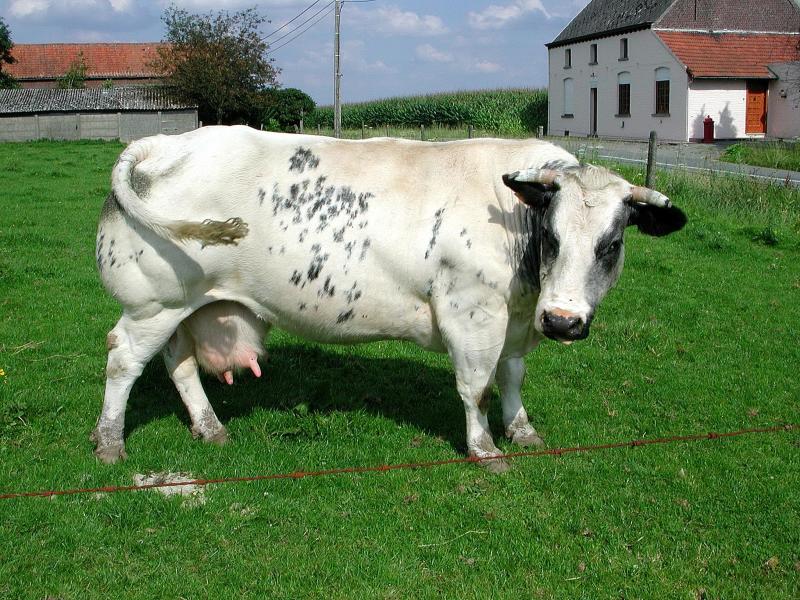
Travel Truth 101 Belgium? You're Fabulous!
Cow with the scars from caesarean sections The Belgian Blue ( French: 'Blanc-Bleu Belge', Dutch: 'Belgisch Witblauw', both literally meaning "Belgian White-Blue") is a breed of beef cattle from Belgium. [2] It may also be known as the Race de la Moyenne et Haute Belgique, [4] : 95 or dikbil (literally "fat buttocks" in Dutch).
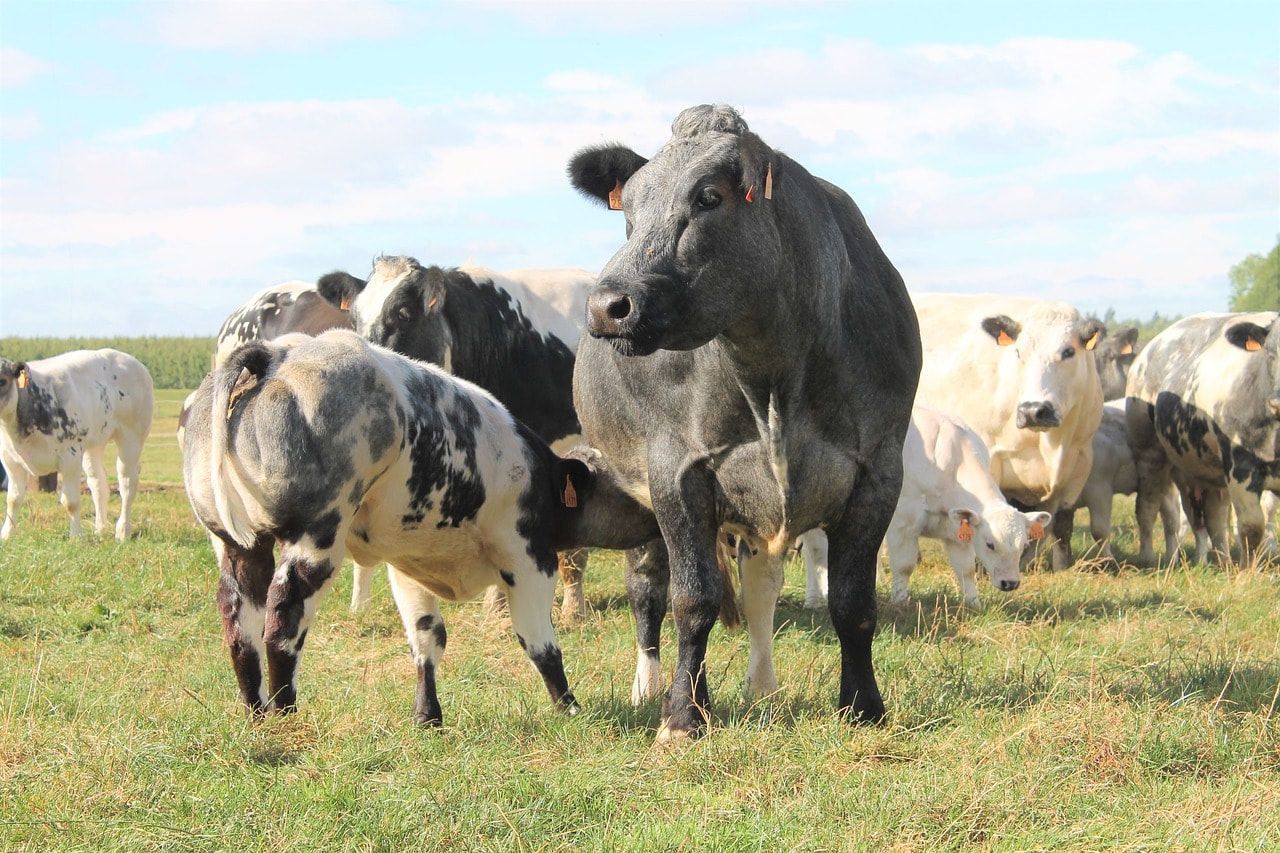
Belgian Blue Cattle Facts, Uses, Origins & Characteristics (With
The Belgian Blue Breed of beef cattle is relatively new to the United States but is rapidly gaining acceptance with beef breeders and dairymen. Belgian Blue cattle as they exist today are the result of selective genetic breeding and development conducted in Belgium by Professor Hanset at the AI Center in the Province of Liege.

Cows Grazing in the East Flemish Country Side. Stock Photo Image of
Originally a milk production breed, Belgian Blue cows produce 4000 to 6000 liters per day with 3.48 percent fat content and 3.23 percent protein. The milk quality is considered average for a milking breed and this milk is good for human consumption, though it is rarely used in producing other milk products.

The Belgian Blue the crossbreeding specialist breed Gulf Agriculture
Cows can reach a weight of 850 to 900kg and can exceed 1.40m. The height of the bulls is 152-160 cm With intensive fattening of the bull-calves at the age of 15-18months, live weight is 450-500 kg Slaughter yield of meat about 65-70%
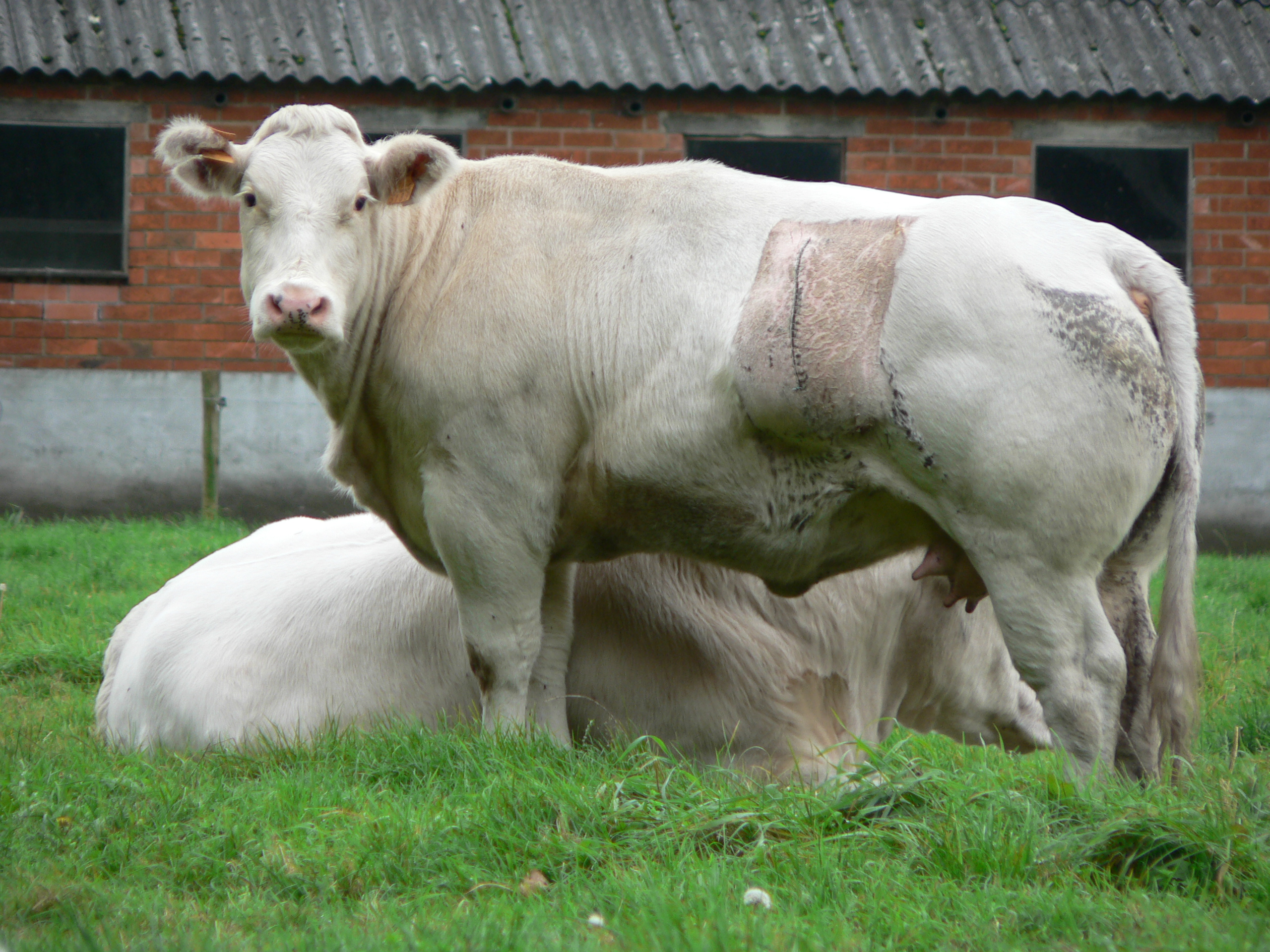
Belgian Blue Livestockpedia
The Belgian Blue cattle are a large animal with rounded outline and prominent muscles. Coloration of the animals can range from black, blue roan, white or a combination of these color. The red color is present in some genotypes. Their back, shoulder, loin and rump are heavily muscled.
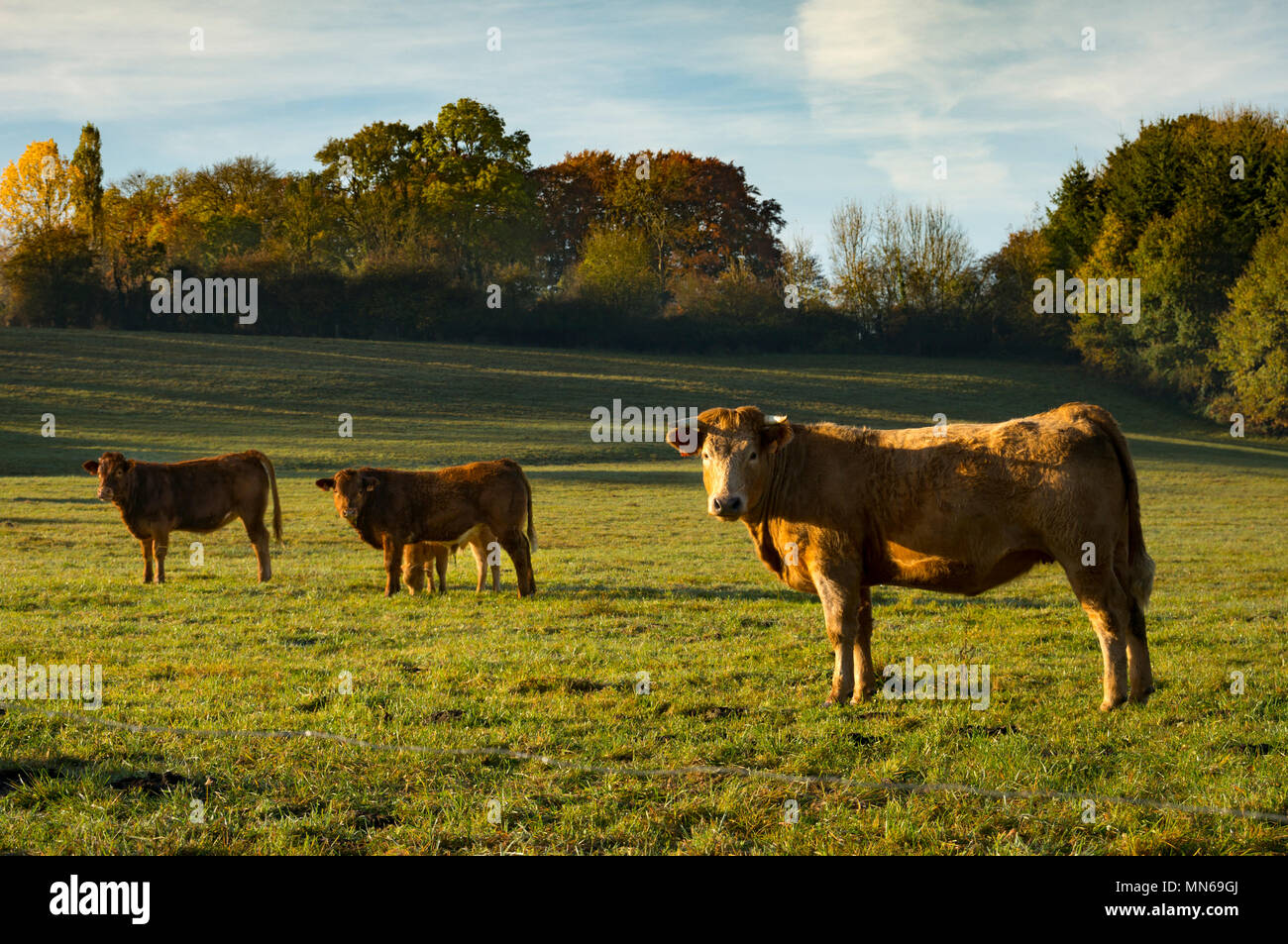
Cows in field Ardennes, Belgium Stock Photo Alamy
HISTORY The Belgian Blue cattle breed was developed in upper and central Belgian in the 19th century. The breed was developed by cross-breeding local Belgian breeds with Shorthorn cattle and possibly Charolais cattle. They were first bred to produce milk and the beef as their muscle makes for tender beef that is quite lean and tasty.

Four Grazing Cows In The Pasture In Flanders Belgium HighRes Stock
And despite the fact that Belgium is a small country with only 11 850 mi², more then 95% of the Belgian Blue cattle are located in Belgium. Today the BBG bulls are being used in every European country as the 'number one' crossing breed, also on other beef breeds. And while there is a big demand coming from Asia, the BBG bulls are also.